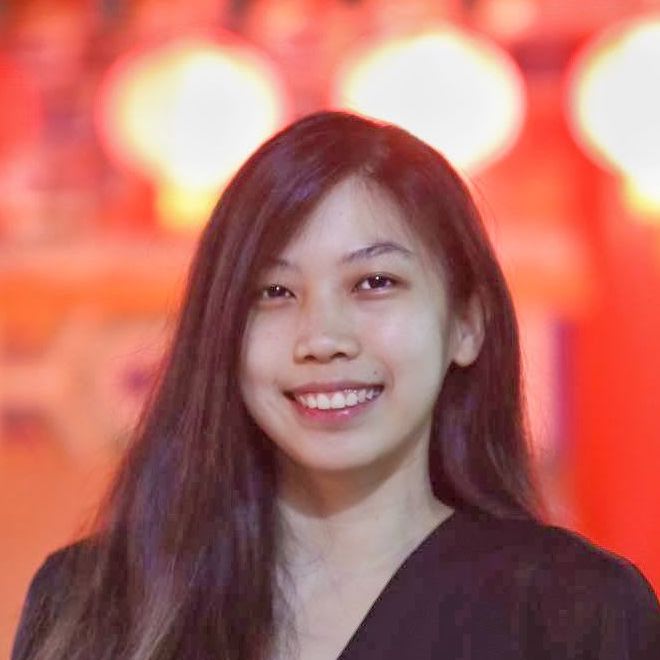Midjourney vs. DALL·E: A Style-by-Style Image Comparison in 2025
Contents
Midjourney and DALL·E are two of the earliest models made available to the public. Whether you’ve used Midjourney or DALL·E and are curious about the other, or haven’t tried either one yet, this article breaks down how they compare in generating AI images across different styles, including realistic photography, animation, digital illustration, product shots, and more!
A Short Introduction to Midjourney and DALL·E
Before we get into the nitty-gritty, let’s quickly get to know the two AI image generators:
Midjourney is created by a small independent research lab and has always leaned toward the artistic and expressive side. Rather than giving you a literal interpretation of your prompt, it turns it into something stylized, dreamy, and often surprisingly beautiful. That said, you can control how strong its style shows up by adjusting the “Stylization” and “Weirdness” settings when you generate images.

DALL·E is developed by OpenAI (the same team behind ChatGPT), and it’s built into ChatGPT. So if you’ve used image features in ChatGPT, you might’ve already used DALL-E without realizing it. Within the chat interface, you can pick from preset styles like Cyberpunk, Anime, Dramatic Headshot, Photoshoot, Retro Cartoon, and more to guide the image style, and make changes to the generated image directly.

Midjourney vs. DALL·E: Which One Generates Better Images?
To see how Midjourney and DALL·E compete, we’ll run the same prompts through both and compare how each one interprets them…
Realistic Photography
For a photo-realistic image, you’ll want to focus on things like lighting, depth of field, accurate anatomy, and natural facial expressions. These are the elements that make your AI-generated images look like real photographs or movie stills. Typically, the prompt will include terms like “photorealistic”, “cinematic”, and specific camera and lens types.
Text prompt : “A bear in a park at sunrise, 4K photo”

Realistic Close-Up Headshot
Like realistic photography, close-up headshots focus on photographic quality, lighting, and correct anatomy, but with extra attention on the subject’s face. That means details like hair or skin texture, lighting detail, and natural facial structure become even more important.
Text prompt : “Extreme close-up of a bear, 4k photography”

Digital Illustration/Fantasy Concept Art
Unlike realistic photography, this style is not about copying real life but about bringing fantasies, epic stories, and wild ideas to life. The elements don’t have to be real. They can be mythical creatures like dragons, unicorns, elves, and even floating castles and glowing trees. All you need is your imagination!
Text prompt : “A bear in a fantasy forest glowing with blue lights, digital painting style”

Animation
Animation comes in many different styles. Anime, video games, Studio Ghibli films, and Disney animations all have their own signature look. Usually, the style is defined by things like color palettes, facial expressions, poses, hairstyles, and line work.
Text prompt : “Anime bear with a sword, raining background”

Product Photography and Branding
Besides creative styles like digital art, AI can also generate clean, professional-looking product photos similar to what you’d see in a catalog or on an Amazon listing. These images usually have a clean background, with lighting and composition that highlight the product itself.
Text prompt : “A product photography for a bear plushie in an indoor studio”

Posters and Ads
Poster and ad-style images need to grab attention fast. This means the layout, color contrast, and text all need to be bold, clear, and visually striking. And for AI, generating accurate text has been a challenge. Because of that, text accuracy has become one of the key things to evaluate whether an AI-generated poster or ad is good or not.
Text prompt: “A sci-fi movie poster with a bear and a glowing blue text: PLANET OF THE BEARS”

Painting
Painting-style images focus heavily on texture, brushstroke effects, lighting, and color blending, whether it’s oil painting, watercolor, pencil sketch, or Expressionism. Even with the same subject, different painting styles can create totally different moods!
Text prompt: “A bear-looking mermaid diving into the sea, oil painting style”

Pixel Art
Pixel art is usually associated with low resolution, limited color palette, and a nostalgic vibe. It often brings to mind early computer graphics and retro video games, which explains why pixel art-stlye images feel playful and fun!
Text prompt: “A bear typing in front of a laptop, pixel art”

Things Worth Noticing
I’ll let you decide whether Midjourney or DALL·E delivers better results. But here are a few things that I’d like to point out:
- Midjourney gives you four image variations from a single prompt, while DALL·E only returns one.
- Despite generating four images, Midjourney is faster than DALL·E.
- Midjourney supports parallel image generation, so you can generate multiple images at the same time. With DALL·E, you’ll need to start a new conversation if you want to create another image while one is still processing.
- Midjourney still can’t render text properly. You’ll usually get gibberish or fake-looking letters. DALL·E, on the other hand, can generate real, readable text in images like on signs, product packaging, or titles, and it follows what you write!
Final Thoughts
Personally, I think that DALL·E does a better job at sticking to the prompt, and its ability to generate real, readable text in images is spot on. However, I also like that Midjourney gives you several variations, and you can pick the one that you like the best.
To sum it up, if you need accurate results or proper text in the image, use DALL·E 3. If you’re just exploring creative visuals and don’t need things to be super precise, go with Midjourney!


